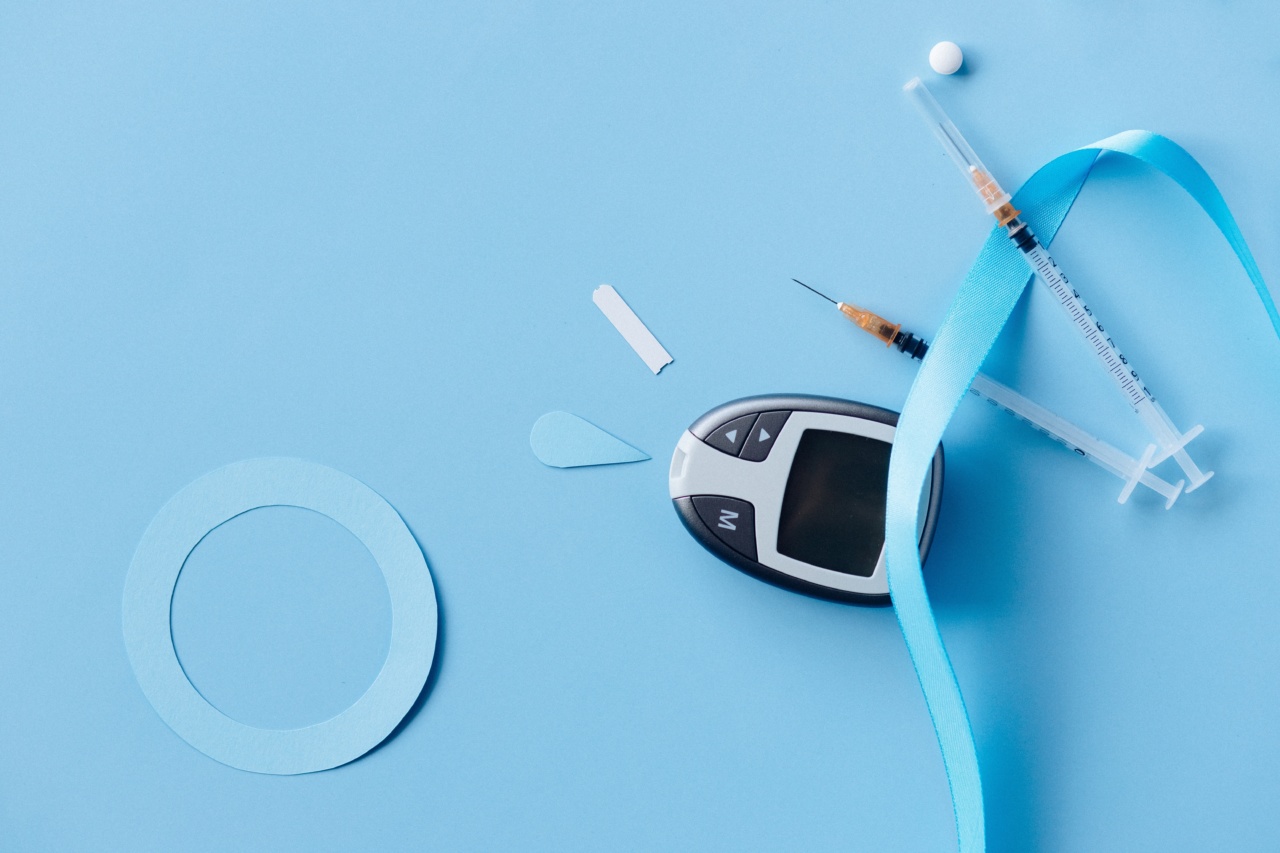Diabetes is a chronic condition affecting millions of people worldwide. The disease results from the body’s inability to regulate blood sugar levels, leading to high blood glucose levels.
There are different types of diabetes, with type 1 and type 2 being the most common.
Type 1 diabetes is an autoimmune disorder in which the body attacks and destroys the insulin-producing cells in the pancreas, leaving the patient dependent on insulin injections for survival.
On the other hand, type 2 diabetes is caused by insulin resistance, where the body cannot effectively utilize insulin produced by the pancreas.
Researchers are constantly seeking new treatments and solutions for diabetes. A recent study shows promise in training cells in the pancreas to produce insulin, which could be a game-changer in treating diabetes.
What is the New Diabetes Treatment?
The new treatment involves programming cells in the pancreas to produce insulin in response to a common antibiotic called doxycycline.
Researchers at the University of Adelaide’s Medical School in Australia lead the study, which tests the treatment on mice models.
According to the study published in the journal Cell Reports Medicine, the researchers’ injected a virus into the mice pancreas, carrying a protein that can produce insulin.
The virus transported the protein to the cells in the pancreas, which began producing insulin in response to doxycycline.
The researchers found that within a week, the mice’s blood glucose levels dropped to normal levels as the cells produced adequate insulin.
The success of the study indicates the potential of the treatment, which is still in the experimental stage.
What Are the Advantages of This Treatment Method?
The new method of training cells to produce insulin has several advantages over the traditional insulin therapy. These include:.
1. Reduced Dependence on Insulin Injections
Most people with type 1 diabetes depend on insulin injections to regulate their blood sugar levels. This new treatment could potentially reduce the need for injections, improving the quality of life for patients.
2. Improved Glucose Control
The treatment could provide better glucose control than conventional insulin therapy as the cells produce insulin in response to doxycycline.
The cells would produce insulin in proportion to the glucose levels in the blood, preventing both hypoglycemia and hyperglycemia.
3. Decreased Risk of Complications
Poorly controlled diabetes increases the risk of developing complications such as heart disease, kidney damage, and blindness. Insulin therapy, while effective, does not provide optimal glucose control, leading to an increased risk of complications.
The new treatment could reduce this risk by improving glucose control.
Challenges of the New Diabetes Treatment Method
While the new treatment method shows immense potential, researchers still need to overcome several challenges before it becomes a viable treatment option for patients. These challenges include:.
1. Safety Concerns
The study conducted on mice models shows promising results, but further research is necessary to ensure the safety of the treatment in humans. Scientists need to study the long-term effects of the treatment and any potential side effects.
2. Efficient Delivery of the Treatment
The delivery of the insulin-producing protein to the cells via the virus needs to be precise and efficient. Scientists need to test the most effective delivery method to ensure maximum success.
3. High Cost
The treatment involves the use of a virus to deliver the insulin-producing protein into the pancreas, which could be costly if it becomes a conventional treatment option.
Final Thoughts
The new treatment shows immense promise as a potential cure for diabetes, and the scientific community is optimistic about the possibilities. Further research is necessary to make the treatment a safe and effective choice for patients.
If successful, it could revolutionize the way we treat diabetes, drastically improving the quality of life for millions of people worldwide.




























